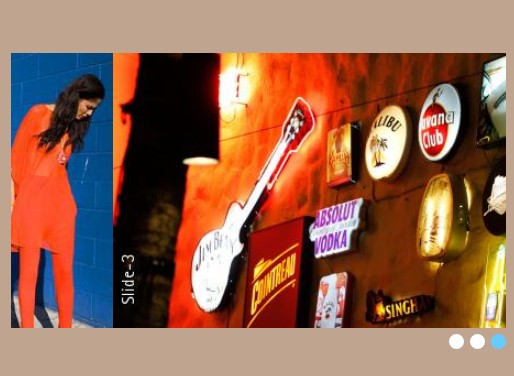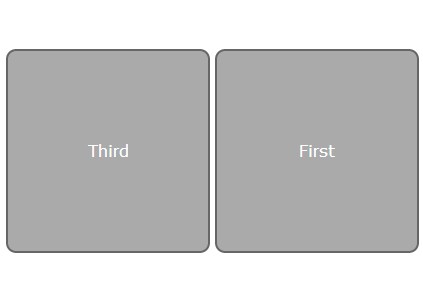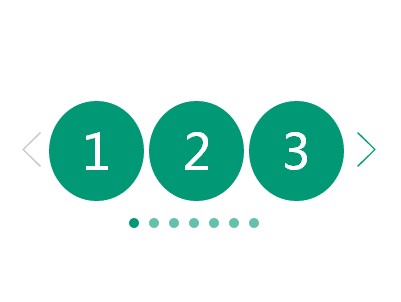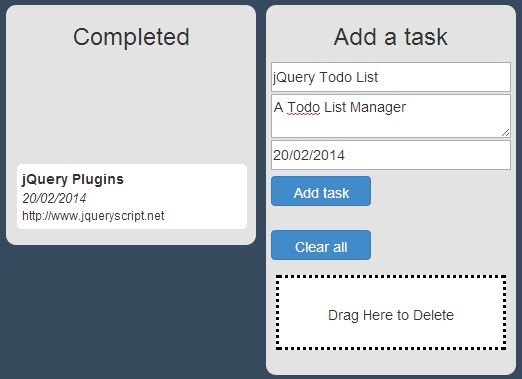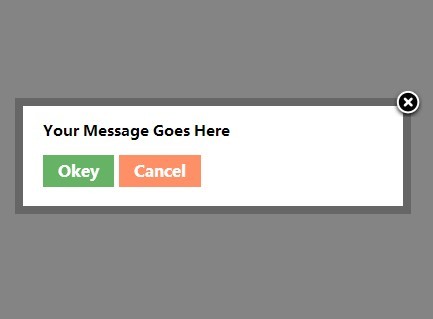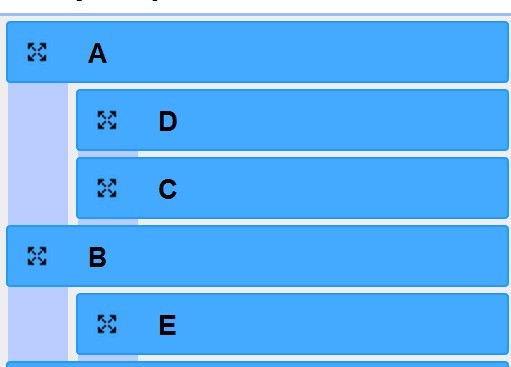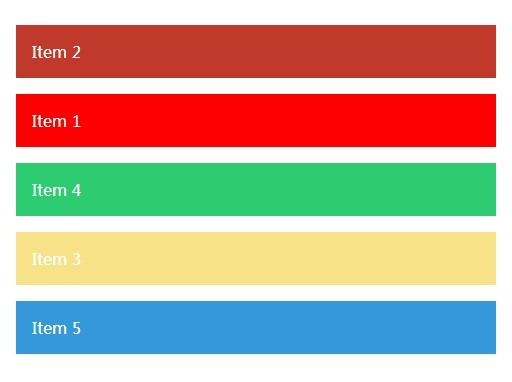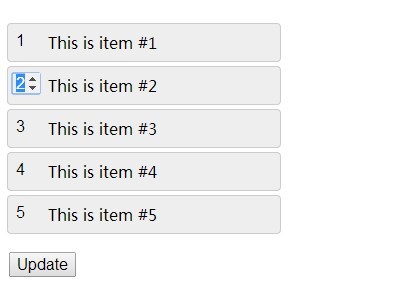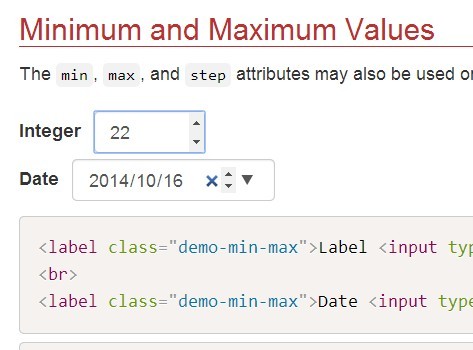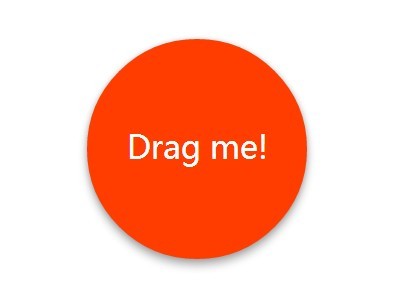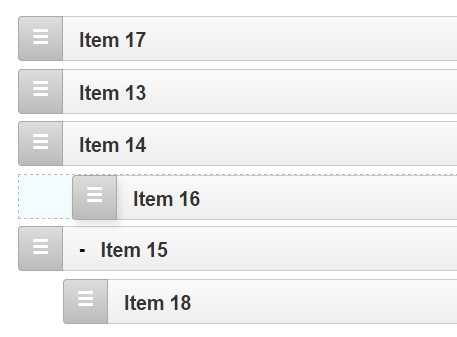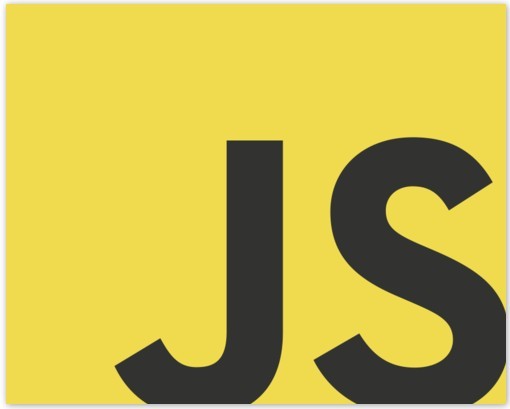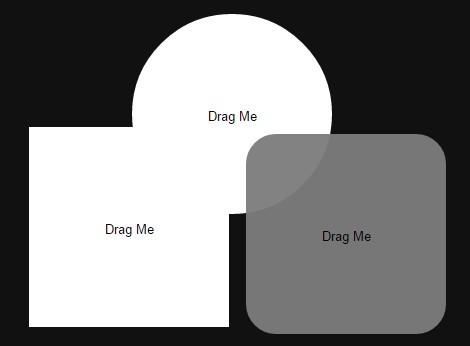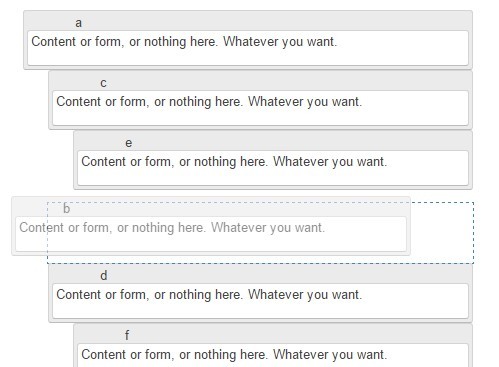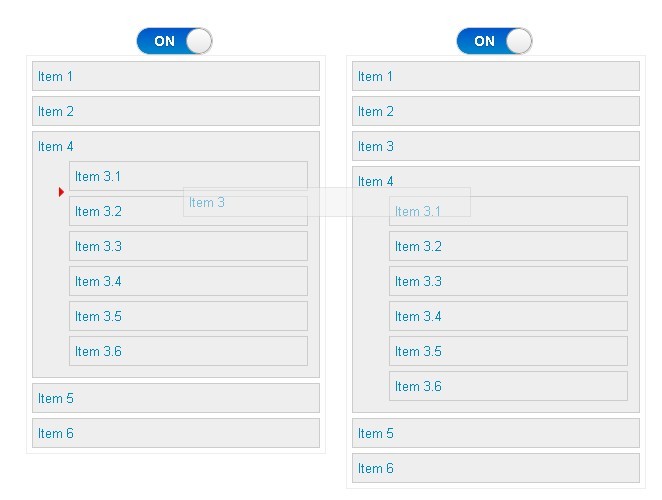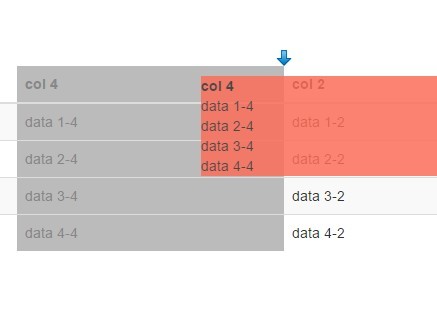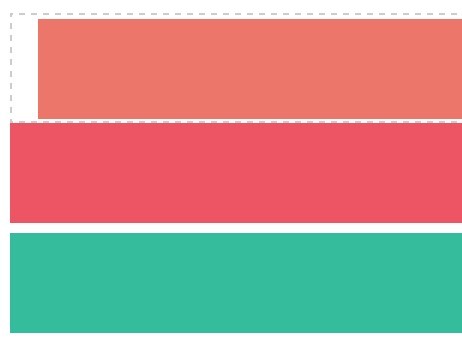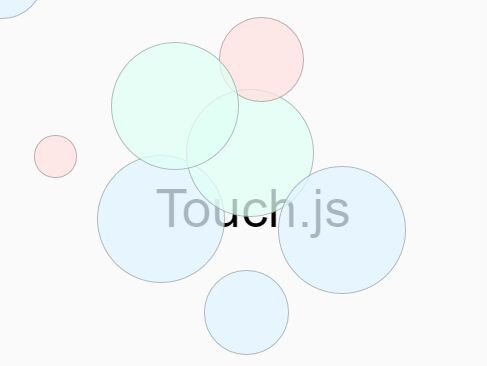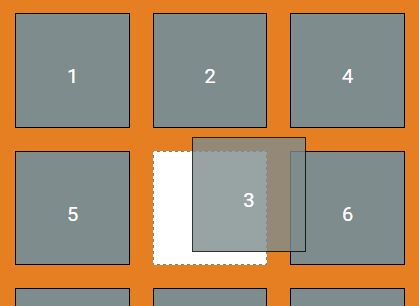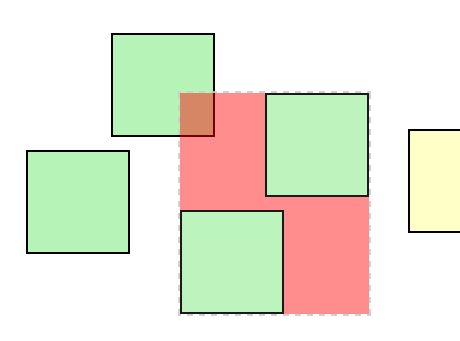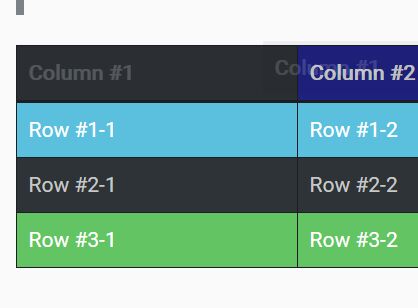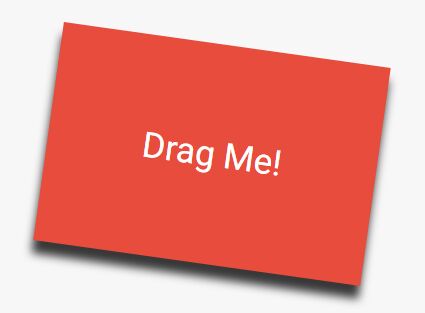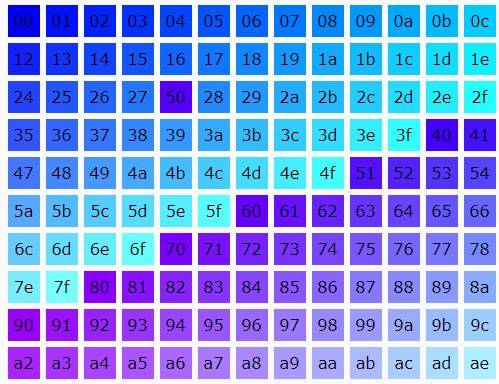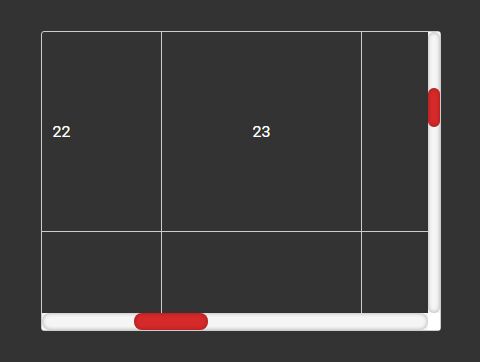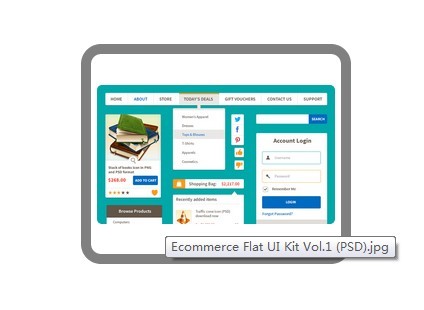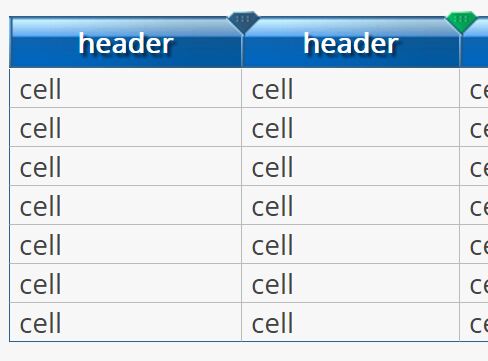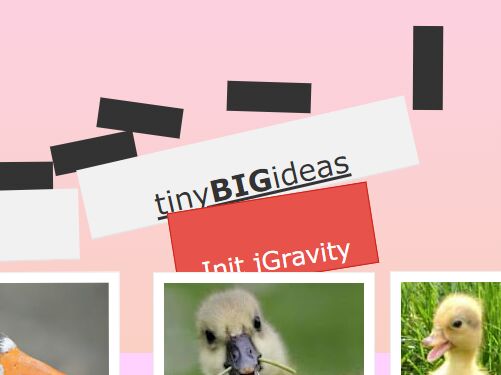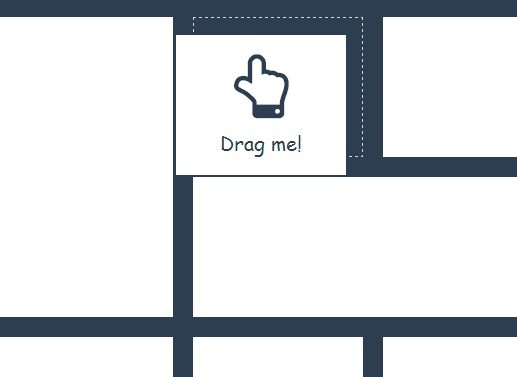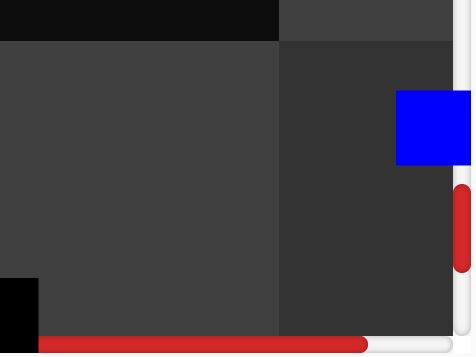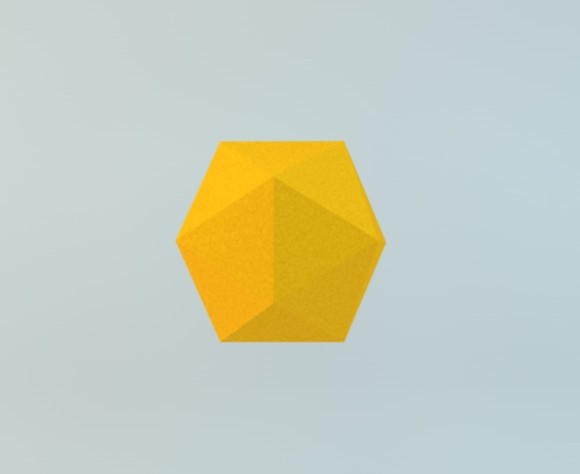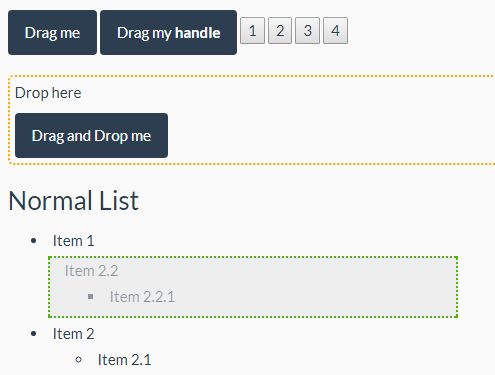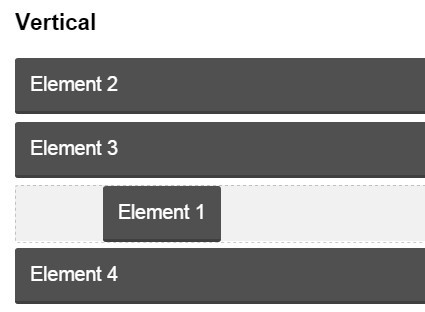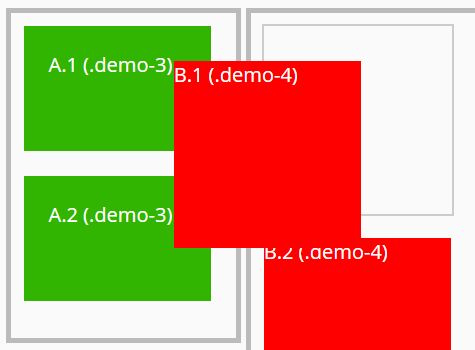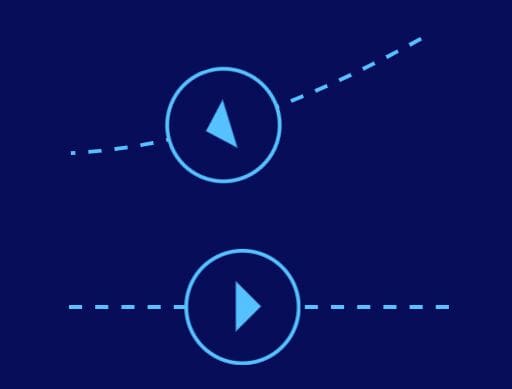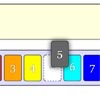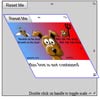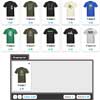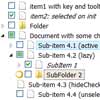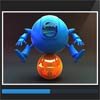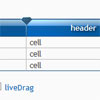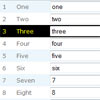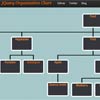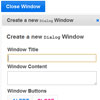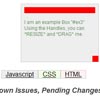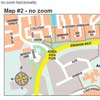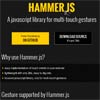Kinetic drag for mobile & desktop.
Demos and more at http://pep.briangonzalez.org.
Installation
NPM (recommended)
npm install jquery.pep.js --saveBower
bower install jquery.pepGetting Started
Getting started is simple: include jQuery, include pep, then:
$('.pep').pep(); // yup, that simple.Usage
Pep has many options. Here they are in their entirety, with their defaults. Need a little help? Just ask.
| Name | Default | Description |
|---|---|---|
| initiate | function(){} | [≘ touchstart/mousedown] called when first touch / click event is triggered on the object |
| start | function(){} | called when dragging starts; when dx or dy are greater than startThreshold[0] or startThreshold[1] |
| drag | function(){} | [≘ touchmove/mousemove] called continuously while the object is dragging |
| stop | function(){} | [≘ touchend/mouseup] called when dragging stops |
| easing | function(){} | called while object is easing |
| rest | function(){} | called after dragging stops, and object has come to rest |
| moveTo | false | custom method to override the default moveTo functionality. |
| callIfNotStarted | ['stop', 'rest'] | if object has not moved outside of the startThreshold, call either the user-provided stop or rest fxn's anyway, or call both |
| startThreshold | [0,0] | how far past should the object move in the [x,y] direction before user 'start' function is called |
| grid | [0,0] | define an [x,y] grid for the object to move along |
| revert | false | revert back to initial position |
| revertAfter | stop | revert after given event - 'stop' or 'ease' |
| revertIf | function(){ return true; } | return false / true from this function to conditionally revert an object |
| droppable | false | CSS selector that this element can be dropped on, false to disable |
| droppableActiveClass | 'pep-dpa' | class to add to active droppable parents, default to pep-dpa (droppable parent active); inspect this.activeDropRegions within each function for valuable info |
| overlapFunction | false | override pep's default overlap function; takes two args: a & b and returns true if they overlap |
| cssEaseString | cubic-bezier(0.190, 1.000, 0.220, 1.000) | get more css ease params from [ http://matthewlein.com/ceaser/ ] |
| cssEaseDuration | 750 | how long should it take (in ms) for the object to get from stop to rest? |
| constrainTo | false | constrain object to 'window' or 'parent' or [top, right, bottom, left]; works best w/ useCSSTranslation set to false |
| axis | null | constrain object to either 'x' or 'y' axis. Set to 'auto' to constrain to either the x or the y axis automatically, depending on the direction in which the user is dragging |
| debug | false | show debug values and events in the lower-righthand corner of page |
| activeClass | 'pep-active' | class to add to the pep element while dragging |
| startClass | 'pep-start' | class to add to the pep element when dragging starts. (If a startThreshold option is defined then this class is added only after dragging past the threshold.) |
| easeClass | 'pep-ease' | class to add to the pep element while easing |
| multiplier | 1 | +/- this number to modify to 1:1 ratio of finger/mouse movement to el movement |
| velocityMultiplier | 1.9 | +/- this number to modify the springiness of the object as your release it |
| shouldPreventDefault | true | in some cases, we don't want to prevent the default mousedown/touchstart on our Pep object, your call |
| allowDragEventPropagation | true | set to false to stop drag events from bubbling up through the DOM tree |
| stopEvents | '' | space delimited set of events which programmatically cause the object to stop |
| hardwareAccelerate | true | apply the CSS3 silver bullet method to accelerate the pep object: http://indiegamr.com/ios6-html-hardware-acceleration-changes-and-how-to-fix-them/ |
| useCSSTranslation | true | use CSS transform translations as opposed to top/left |
| disableSelect | true | apply user-select: none (CSS) to the object |
| removeMargins | true | remove margins for better object placement |
| shouldEase | true | disable/enable easing |
| place | true | bypass pep's object placement logic |
| deferPlacement | false | defer object placement until start event occurs |
| forceNonCSS3Movement | false | DO NOT USE: this is subject to come/go. Use at your own risk |
| elementsWithInteraction | 'input' | valid CSS/jQuery selector for elements within the Pep object that should allow user interaction, and thus propagate to allow movement |
| ignoreRightClick | true | start event will be ignored if triggered by a right click |
| startPos | { left: null, top: null } | set the default left/top coordinate to position the object with on load |
| useBoundingClientRect | false | use getBoundingClientRect() to retrieve element dimensions instead of jQuery's .outerWidth() & .outerHeight() (useful when your element is scaled via CSS transforms) |
API
// Toggle functionality of all Pep objects on the page $.pep.toggleAll() // Explicitly disable all Pep objects on the page $.pep.toggleAll(false) // Explicitly enable all Pep objects on the page $.pep.toggleAll(true) // Unbind Pep completely from the object var $pep = $('.pep'); $pep.pep(); // bind $.pep.unbind( $pep ); // unbind $pep.pep(); // bindClass applications
The following classes are applied corresponding to events that are happening on the pep object:
pep-active-- applied when initiate event is triggered; removed when ease has finishedpep-start-- applied when start event is triggered; removed when stop event occurspep-ease-- applied when stop event is triggered; removed when ease has finished
A note on droppable option
There is a convenience object within the context of each function pep makes available (drag, rest, ease, etc.) called activeDropRegions, which is an array of jQuery objects that the pep object is currently "over".
Example:
$('.pep').pep({ droppable: '.drop-target', drag: function(ev, obj){ console.log('There are ' + this.activeDropRegions.length + 'active drop regions.') }, revert: true, revertIf: function(ev, obj){ return !this.activeDropRegions.length; } })Author
| Brian Gonzalez |
Support
Pep includes at least partial support for most browsers, dating back to IE6.
License
Pep is licensed under the MIT License

